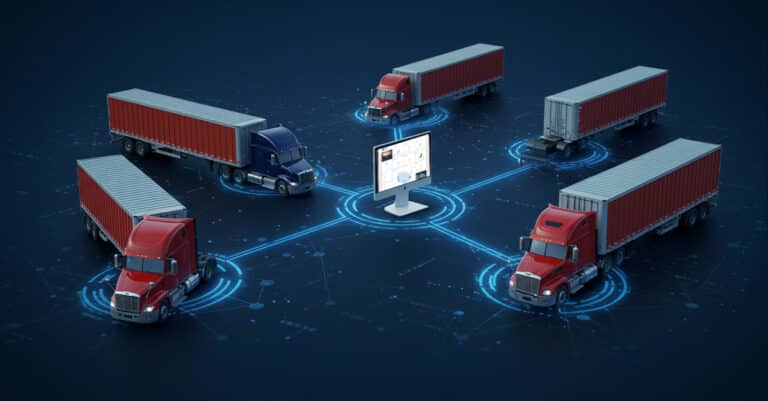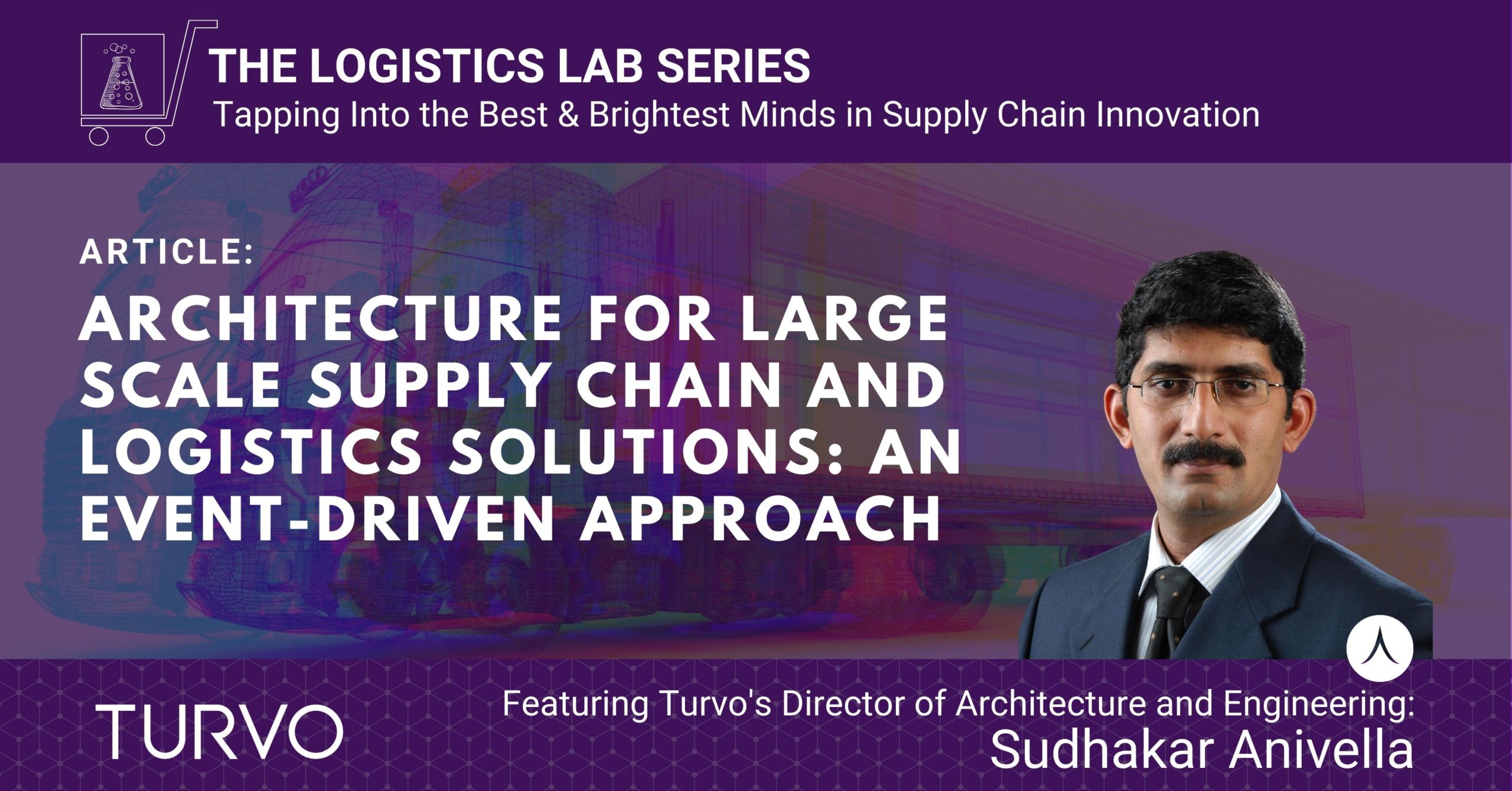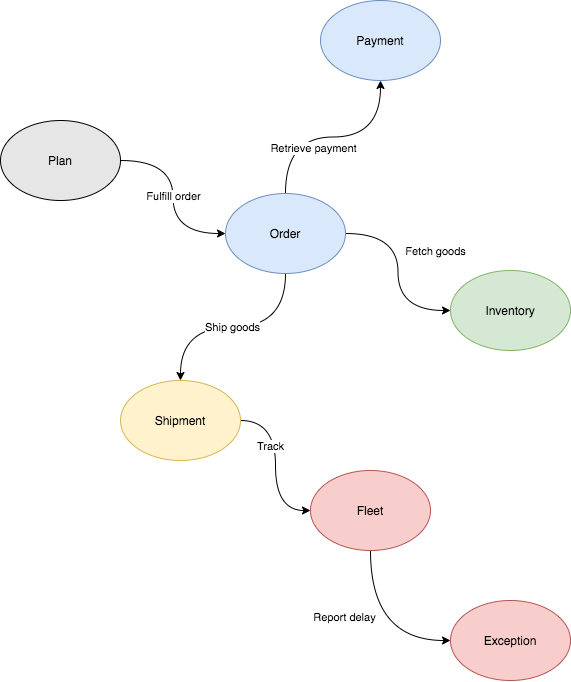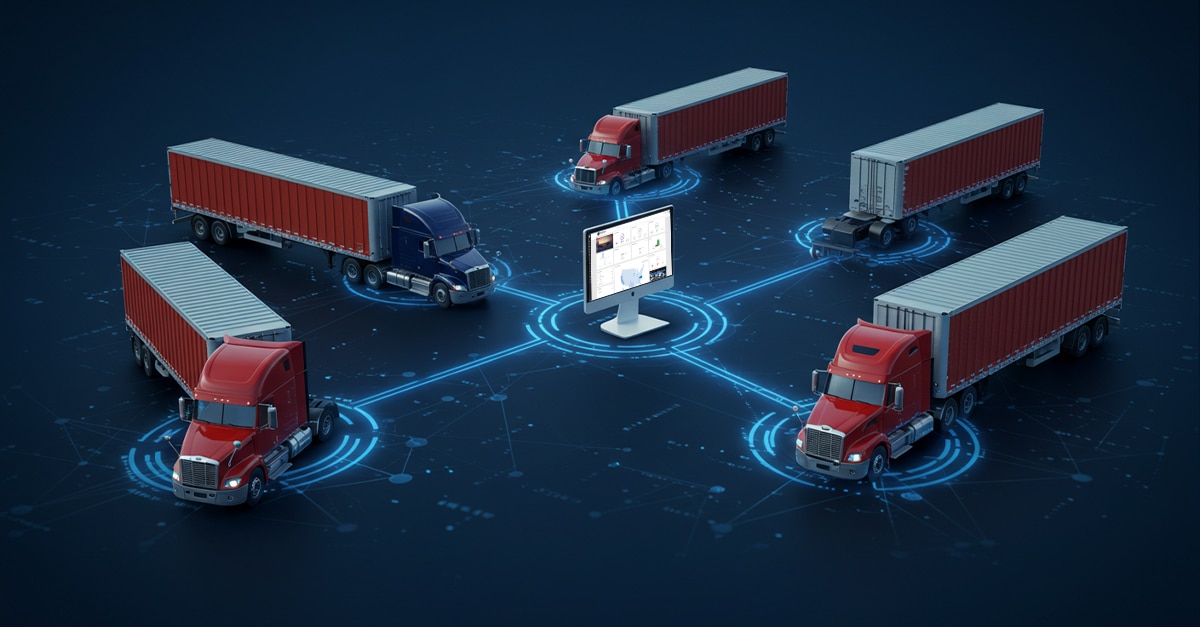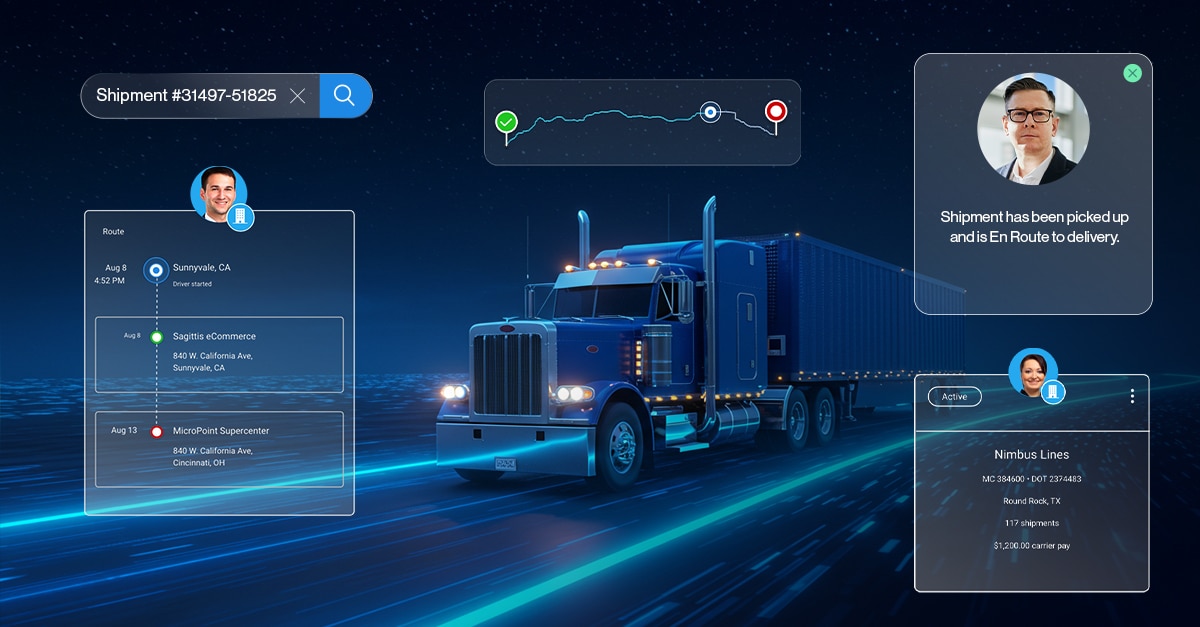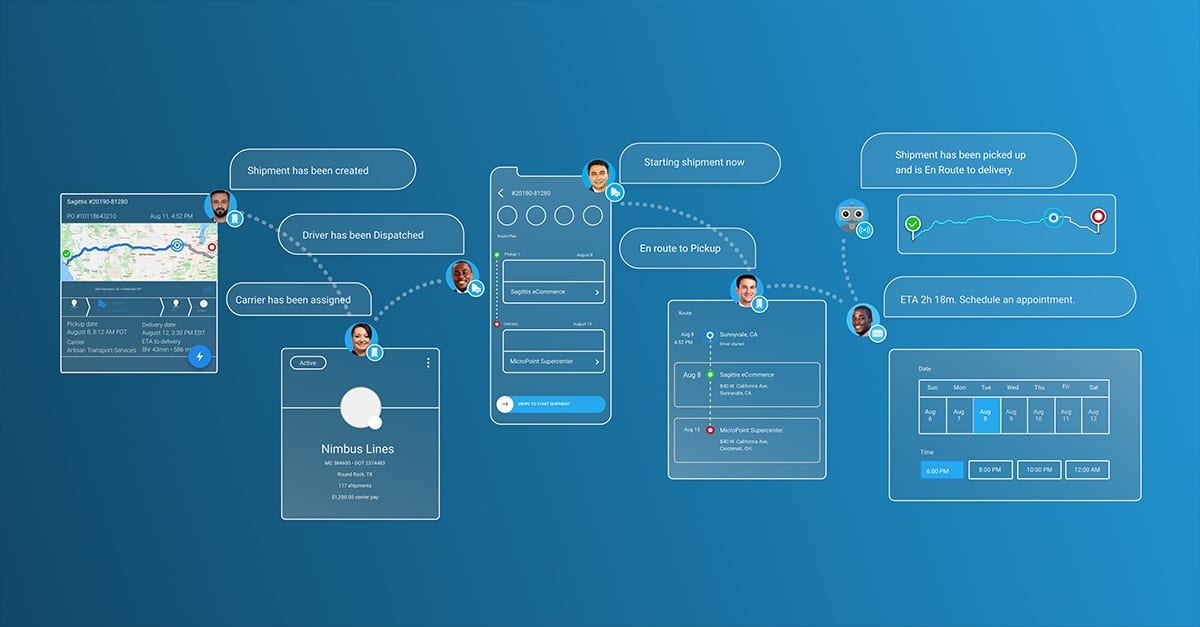This blog briefly outlines core architectural approaches (elements) for designing large scale platforms, products, and solutions for supply chain and logistics.
Organizations evolve over a period of time, as do the applications and business processes used by them.
For the growth and sustainability of businesses, the key is sharing information among all stakeholders. Pieces of information that are often owned and managed by multiple applications, are usually locked within the organizations’ silos, giving way to several issues like data duplication, data inconsistencies (out of sync data) and lack of transparency.
These events, in turn, cause delays and exceptions that necessitate resolution only through human intervention.
Mergers and acquisitions add additional complexities with disparate processes, tools and technologies. Enterprises are compelled to live with this situation while trying to scale their businesses to meet emerging needs and demands.
Logistics and supply chain processes are inherently distributed and cut across multiple organizations and domains. Therefore, one can naturally expect a plethora of problems when trying to get these dissimilar systems/components, to function as a logical unit/entity.
For example, goods manufactured by one company are transported by another company to a warehouse via multiple modes of transportation. Later, the same goods get distributed by a different logistics company to multiple retail outlets, adding to the complexity of the supply chain.
Thus, it is not only goods and related information (orders, shipments, schedules, invoices, etc) that is being exchanged between many parties, but also, settlements are being handled by multiple financial institutions throughout the lifecycle of product within the supply chain. Furthermore, the entire process gets compounded by the fact that the supply chains, today, lack one essential element — end-to-end visibility.
Any product or solution that is being conceptualized for the supply chain domain must overcome the above challenges. The success of the said product or solution depends on how efficiently these problems are addressed, without compromising on scalability, availability, security, and the underlying data and transaction integrity. Efficient architecture that works and scales in such a distributed environment is the path to success. However, it is important to recognize that there is no single architecture or approach that can be leveraged for designing complex, large-scale SaaS systems. What is needed is a careful selection of approaches that work in tandem to produce the desired results.
One such architecture blueprint is a combination of event-driven architecture, together with microservices (the architectural style used to develop a single application as a suite of small services) and process choreography capabilities.
Let us take a look at some of these architectural elements:
Service encapsulation: Service encapsulation is one of the proven approaches that originated in Service Oriented Architecture (SOA). This helps in hiding complexities of siloed applications behind standardized API contracts, and message canonicals. It is designed to facilitate loose coupling (one of the marquee features of the distributed architecture), smooth interactions among services and creates a foundation for easy orchestration of business processes that cut across organizational boundaries and bring multiple applications together.
Event-Driven Architecture: Unlike traditional monolith applications, supply chain products/solutions should be event-driven and must be sensitive enough to react and adapt to the dynamics of the environment. Every service in the ecosystem behaves like a publisher and subscriber of various business events. In this architecture, a microservice (or agent) publishes an event when a business state transition happens e.g. Shipment dispatched, Shipment delivered, etc. Other microservices (or agents) subscribe to those events. When agents receive an event of interest, they can update their own business entities and can publish more associated events e.g. If the shipment status is changed to “Stop Arrival” by the truck driver, it can trigger the “ETA Calculation process” which inturn notifies various stakeholders about updated ETA’s.

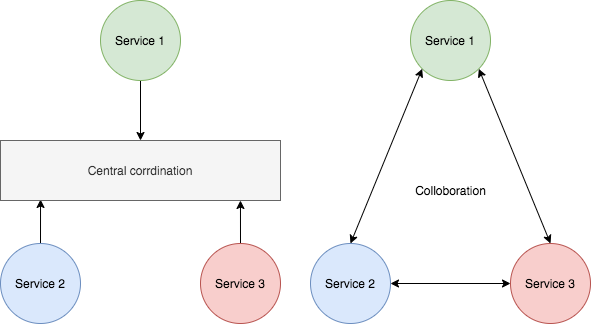
Process choreography goes beyond orchestration as it is more aligned with real-world scenarios. With this approach, incorporating process changes is easy and it takes only hours instead of weeks to months.

End to end visibility: Event-driven architecture enables the digital transformation and integration of data from multiple systems into a single view for seamless execution and monitoring of business processes that drive the supply chain. This helps in multiple ways, right from the identification of process compliance up to violations and paves the way for process optimisations – to take them to the next level with flexibility and to accommodate ever-changing needs and demands.
Collaboration Tools: Tools and technologies that allow all users across domains and supply chain networks to seamlessly communicate, collaborate and make informed decisions in real-time are crucial for the success of distributed systems and in particular, for supply chain and logistics solutions.
Any platform or solution designed by incorporating these approaches will be able to easily address the complex needs of the supply chain and logistics domain.


